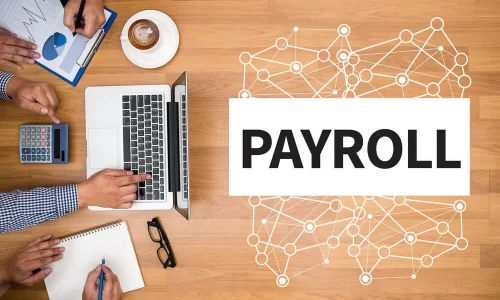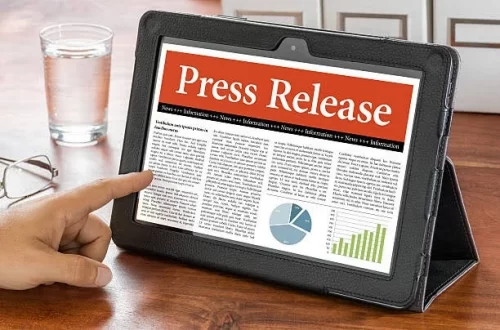Building a safe work area is more than just rules. It’s about how people treat each other. The best places to work make all employees feel important. They give workers the power to look out for each other instead of just doing what they’re told. This article will discuss six ways to offer help that fits each job. It can inspire your team and show actual results. Things like training for each role or saying good job publicly go a long way.
Now, let’s get into it and see how focused leadership can help make your whole company safe from the bottom up.
Personalized Training Programs
Off-the-shelf safety training usually falls flat, but custom learning hits close to home. First, understand the specific needs of your workers and instruct accordingly. For instance, office staff requires different training from welders. Also, new hires need the basics; veterans could use advanced scenarios. Further, competencies should be re-evaluated periodically so essential lessons might be underlined or jobs better covered. This way, you can make the training relevant and not repetitive.
In addition, knowledgeable mentors should be matched with those in high-risk roles for optimal guidance. Personal approaches leave people engaged and better prepared to look after one another. Moreover, interactive learning sticks much more than passive programs ever could. A well-tailored safety training program, such as Customized Safety Leadership, can purposely lift workplace safety and productivity.
Recognizing Individual Contributions
People work harder when their efforts matter. Be sure to point out things done for safety—big or small. Celebrate times like months with no issues, changes from suggestions, or problems fixed. Thank people publicly for their part in keeping others safe. Personal notes to say a good job also mean a lot. Rewards and prizes keep everyone invested in safety. Switch up who gets worker of the month between different crews and jobs each time. When people feel valued for helping others, not just work output, they’ll proudly stand by the safety rules.
Also, saying thanks all the time takes time and resources, but it is worth it for involvement. Spreading praise around different teams prevents worries about favorites while motivating more to pitch in. Monthly drawings for small gifts given to employees who follow the rules reinforce good behaviors spreading throughout the workforce.
Open Communication Channels
A two-way discussion, not just one person talking, strengthens leadership. Use open-door policies and ensure that sharing concerns or ideas is welcomed and easy. Listen closely to what people at all levels say to better understand problems from their perspective. Address issues quickly and openly so trust stays. Pass out safety updates stating what was discussed and solved. Anonymous feedback boxes help people feel less shy. When folks feel heard, not just talked at, they will work better with leaders looking for everyone’s safety.
Also, a study by Gallup found employees who think their voices matter are 4.6 times more likely to do their best work. This shows how important good communication is for leadership. On top of that, frontline bosses should take part in safety talks and help make suggested changes they control possible. Showing a personal interest convinces employees that safety stays a top priority, not just another rule.
Consistent Leadership Presence
Leaders can’t catch all risk factors remotely. Gboots are regularly on the ground with frontline crews. They observe operations unannounced for uncaught issues. They converse casually during spot checks to better understand daily demands. They address concerns on the fly instead of waiting. Showing presence where work happens builds more robust connections, letting people better rely on leaders when risks arise. They pair management with varied crews to experience diverse challenges firsthand. Hands-on involvement teaches leaders what transpires away from desks.
Besides, leading by example on the floor inspires crews and sets behavior standards. Discussing safety precautions for tasks observed validates procedures frontline staff adopt. Seeing leadership undertake requisite training like machine certifications fosters an “all in this together” spirit.
Setting Clear Safety Goals
Objectives with real meaning stop unclear views. Leaders and crews should set together monthly, quarterly, and yearly goals you can measure. Examples could be dropping accidents by 25%, getting 90% in first aid classes, or doing five process upgrades by year-end. Carefully watch the progress and adjust as needed. Celebrating wins as much as addressing what’s off. Doable goals give people purpose and direction to work proudly as one united team.
Providing Necessary Resources
Safety is about more than just rules – it needs real things, too. Ensure the right tools, machines, protection stuff, and ways to report exist to do safety correctly. Spend money based on what each job needs and what is missing. Bosses must get rid of all problems stopping safe work. When people have what they require without lots of paperwork, they lose reasons not to be responsible. Small costs over time can avoid expensive mistakes, claims, and not working, protecting people and money.
Wrapping Up
Good leadership keeps any work area feeling safe. Custom ways help people connect as actual crews. Role-based training and rewards recognize individuals, while open chats and reliable faces improve understanding. Setting goals together drives further than just following rules.
Supporting it with what’s needed clears the last barriers. Those who see coworker care as a joined, proud role, not just a boss task, will manage daily work safely. Intentional help inspires any employee to use incident avoidance proudly from start to end.









